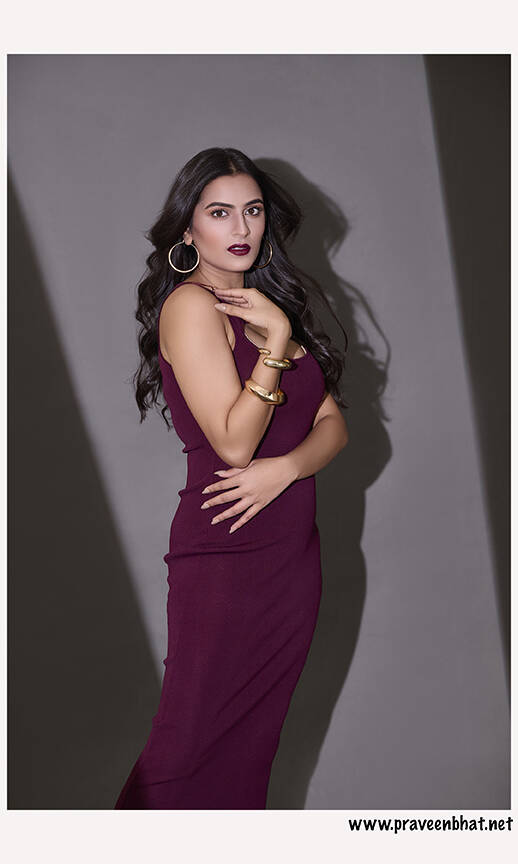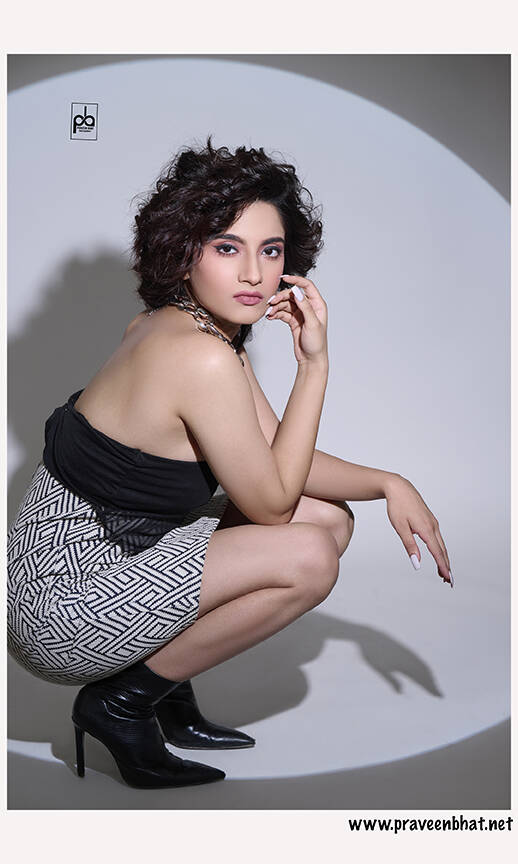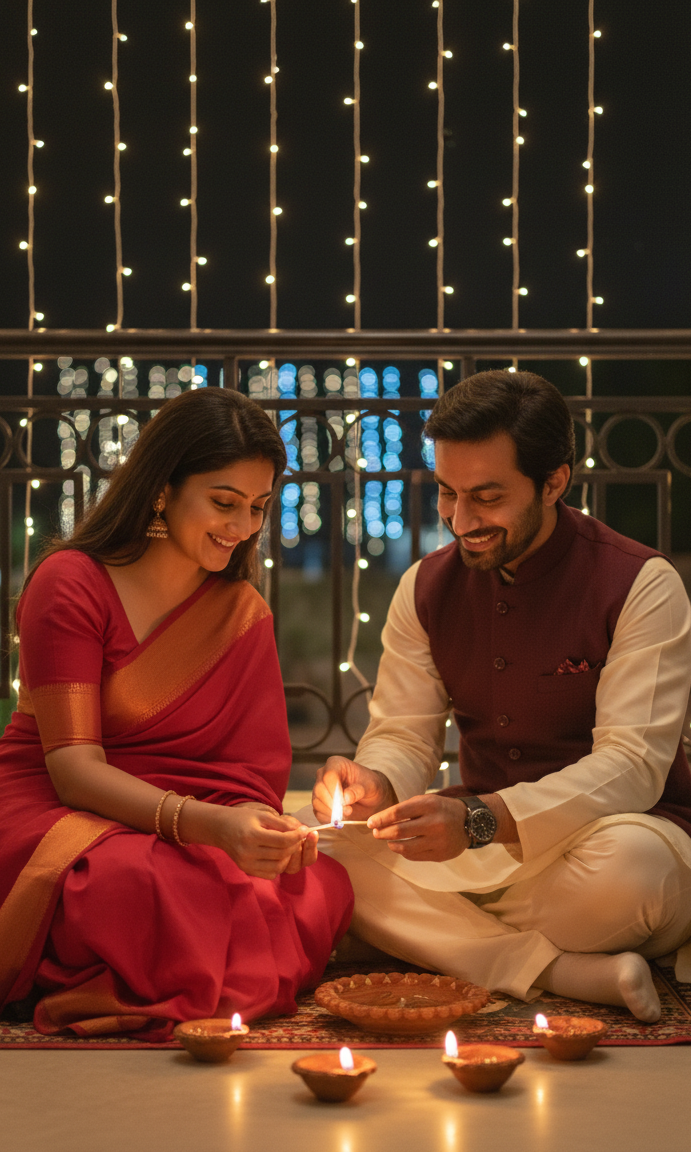Insider Secrets: A Fashion Photographer’s Guide to Modeling Photography
Even top models take bad photos sometimes. As a fashion photographer specializing in modeling photography, I’ve learned that creating stunning images requires more than just technical camera skills – it’s about building a collaborative partnership with your subject.
When working in fashion modeling photography, the photographer must guide and direct the model throughout the session. However, this becomes particularly challenging when you’re not shooting with experienced agency talent. Furthermore, modeling portrait photography demands continuous skill development from both parties involved. I never begin a shoot without pose inspiration references, especially for modeling photography men or any first-time models who might need extra guidance.
In this comprehensive guide, I’ll share my insider techniques for directing models, creating dynamic poses, mastering lighting, and establishing effective on-set communication. Whether you’re new to modeling photography or looking to elevate your existing skills, these proven methods will help you capture exceptional images that showcase your models at their absolute best.
Understanding the Role of a Fashion Photographer
Image Source: David Victory | Clothing Fashion Photographer Los Angeles
Fashion photography goes far beyond just taking pictures of clothes. In my years behind the lens, I’ve discovered this specialized field exists at the fascinating intersection of art and commerce, where creativity meets business objectives.
What makes fashion photography unique
Fashion photography stands apart from other genres through its distinct storytelling ability. Rather than simply documenting clothing, I aim to weave narratives and evoke emotions with each shot. This visual storytelling transforms ordinary items into extraordinary visions that influence how viewers perceive style and trends. Fashion photography also uniquely combines bold esthetics with commercial goals, requiring both artistic vision and market awareness. The images we create don’t just display products – they build brand identities and shape cultural perceptions.
How photographers shape the model’s image
As a fashion photographer, I directly influence how models appear and are perceived. Through my direction, lighting choices, and compositional decisions, I transform the model’s presence to align with the creative vision. My camera angles, lens selection, and post-processing techniques all contribute to the final impact. Additionally, I guide models through poses that best showcase both the garments and their own unique qualities. This guidance is essential since even stunning clothing can appear unremarkable without proper photographic interpretation.
The importance of collaboration on set
Behind every successful modeling photo shoot lies a team effort. I’ve learned that collaboration is absolutely critical in fashion photography. The best shoots happen when photographers, models, stylists, makeup artists, and lighting technicians all work in harmony toward a shared vision. During conceptualization, we collectively brainstorm ideas and develop mood boards. On set, I communicate constantly with models, offering posing guidance while remaining open to their creative input. This collaborative atmosphere creates a comfortable environment where models feel empowered to express themselves authentically, resulting in images with genuine emotion and energy.
In modeling photography, these three elements – uniqueness, image-shaping, and collaboration – form the foundation of what makes fashion photographers essential to the industry.
Mastering Model Posing Techniques
The difference between amateur and professional modeling photography lies primarily in how the model poses. Over my years in fashion modeling photography, I’ve developed specific techniques that consistently produce striking images.
Using body angles to create shape
Body positioning is crucial for creating flattering silhouettes. I encourage models to elongate their bodies by stretching limbs and emphasizing curves. Angling the body slightly away from the camera adds dimension and creates more appealing proportions. For a classic technique, I recommend the “contrapposto” stance—shifting weight onto one leg to create an asymmetrical, elegant pose. This Italian method instantly adds sophistication to any modeling portrait photography.
Incorporating movement for dynamic shots
Static poses often appear stiff and unnatural. Instead, I direct models to incorporate subtle shifts in posture, such as leaning forward or tilting the head. These micro-movements create a sense of energy and spontaneity. For editorial fashion modeling photography, I’ll often capture models walking, twirling, or jumping. One effective technique is having the model perform a continuous “flow” between poses rather than freezing for each click—this creates a dance-like quality that looks remarkably natural on camera.
Creating visual interest with levels and space
Playing with different heights and angles adds visual intrigue to modeling photography men and women alike. I frequently experiment with models sitting, leaning, or using props at varying heights. Negative space strategically incorporated into compositions draws attention to the model and clothing. Moreover, creating triangular shapes with arms and legs establishes balance and symmetry in the frame.
Avoiding common posing mistakes
Several pitfalls can diminish an otherwise excellent shot:
- Overposing makes models look stiff and unnatural
- “Dead hands” (stiff fingers) draw negative attention
- Foreshortening (pointing limbs directly at camera) creates awkward proportions
- Pressing arms against the body makes biceps appear wider
In successful modeling photography, I establish clear communication before and during the shoot, ensuring models understand the concept while maintaining enough freedom to express themselves naturally.
Lighting and Composition in Modeling Photography
Image Source: Canon Europe
Lighting and composition are the fundamental building blocks that separate ordinary modeling photos from extraordinary ones. Throughout my career in modeling photography, I’ve discovered that mastering these elements creates images with depth, dimension, and visual impact.
How to find and use the main light
The main light (or key light) establishes the primary illumination and mood of your modeling portrait photography. For a cinematic quality in fashion modeling photography, I position a hard, specular light slightly above but in front of the subject’s face. This placement avoids unflattering shadows yet carves out bone structure beautifully. Always remember to add catch lights in the eyes – these reflections make models appear more alive and engaged.
My go-to setup often involves a silver umbrella positioned at a 45-degree angle to the model and 45 degrees overhead, creating soft shadows that fall naturally away from the subject. For full-length shots in modeling photography men and women alike, I supplement with a fill light positioned low to prevent the lower body from falling into excessive shadow.
Balancing shadows and highlights
The interplay between light and shadow creates the dimension that makes modeling photography compelling. Camera sensors tend to favor highlights, at times neglecting shadow detail that’s essential for depth. Understanding this technical limitation helps me expose strategically.
To achieve balance, I carefully monitor my histogram, ensuring both black and white points exist in the image. This creates a full tonal range from pure white to rich black, giving photos dimension and preventing the flat, gray appearance that lacks contrast.
For shadows that appear too harsh, I use reflective panels to bounce fill light into darker areas. This technique maintains dramatic lighting while ensuring clothing details remain visible – essential in fashion modeling photography where garments must be properly showcased.
Framing the model for maximum impact
Framing choices dramatically affect how viewers perceive your subject. I select between three primary orientations based on my creative goals:
- Vertical framing makes the model stand out boldly, conveying my subjective vision
- Horizontal framing creates a subdued impression with natural narrative flow
- Square format naturally directs attention to the center, adding compositional stability
For maximum impact, I position models according to the rule of thirds rather than dead-center, creating more dynamic visual interest. I always ensure adequate “looking room” in the direction the model faces and maintain appropriate headroom above them. These seemingly small decisions make the difference between amateur and professional-looking modeling photography.
Pre-Shoot Preparation and On-Set Communication
Image Source: Lightroom Photoshop Tutorials
Behind every flawless modeling shot lies meticulous preparation and clear communication. In my experience, these elements often determine the success of any modeling photography session.
Creating a mood board or shot list
Preparation begins with visual planning. I create detailed mood boards that showcase different poses, lighting styles, and emotions to communicate my vision effectively. This visual reference helps everyone understand the project’s direction and esthetic goals. Consequently, I also develop a comprehensive shot list detailing each required image, which serves as my roadmap throughout the shoot.
Practicing poses before the shoot
Initially, I encourage models to rehearse poses before we begin. For modeling photography men and women alike, I suggest studying reference images and practicing in front of mirrors. As one photographer advises, “I tell my students to start with a close-up, and gradually pull out to include hands, shoulders, hips and legs in the frame.”
Giving clear direction during the session
On set, I use simple, actionable instructions rather than technical jargon. For instance, instead of saying “tilt your head to a 45-degree angle,” I might say “look dreamy and slightly tilt your head.” Subsequently, I demonstrate poses personally when needed, showing rather than just telling.
Encouraging feedback and adjustments
Finally, establishing a comfortable atmosphere where models can offer input creates better results. I regularly show models their images, highlighting successful shots while suggesting improvements for others.
Conclusion
Fashion photography demands both technical excellence and interpersonal skills. Throughout this guide, I’ve shared techniques that have helped me create compelling images while building meaningful connections with models. These skills certainly take time to develop, but the results make every effort worthwhile.
Remember that exceptional modeling photography stems from preparation. Your mood boards, shot lists, and pre-shoot communication lay the groundwork for success before anyone steps in front of the camera. Additionally, mastering lighting fundamentals transforms ordinary portraits into striking fashion statements that capture attention.
Posing remains perhaps the most challenging aspect for many photographers and models alike. Therefore, studying reference images, understanding body mechanics, and practicing clear direction become essential habits. The difference between amateur and professional results often lies precisely in how effectively you guide your subject through various poses.
After all, fashion photography thrives on collaboration. Photographers who establish trust, communicate clearly, and remain open to feedback generally capture the most authentic expressions and dynamic poses. This partnership approach yields images with genuine emotion rather than forced or awkward moments.
My final advice applies whether you’re shooting modeling photography for men, women, or any subject – focus on continuous improvement. Each session presents opportunities to refine your direction skills, experiment with lighting techniques, and develop stronger collaborative relationships. These combined elements will ultimately define your signature style and professional reputation.
The journey toward mastering fashion photography never truly ends. However, armed with these insider techniques, you now possess the knowledge to elevate your work significantly. Your technical capabilities coupled with meaningful model connections will create images that stand out in this competitive field.





